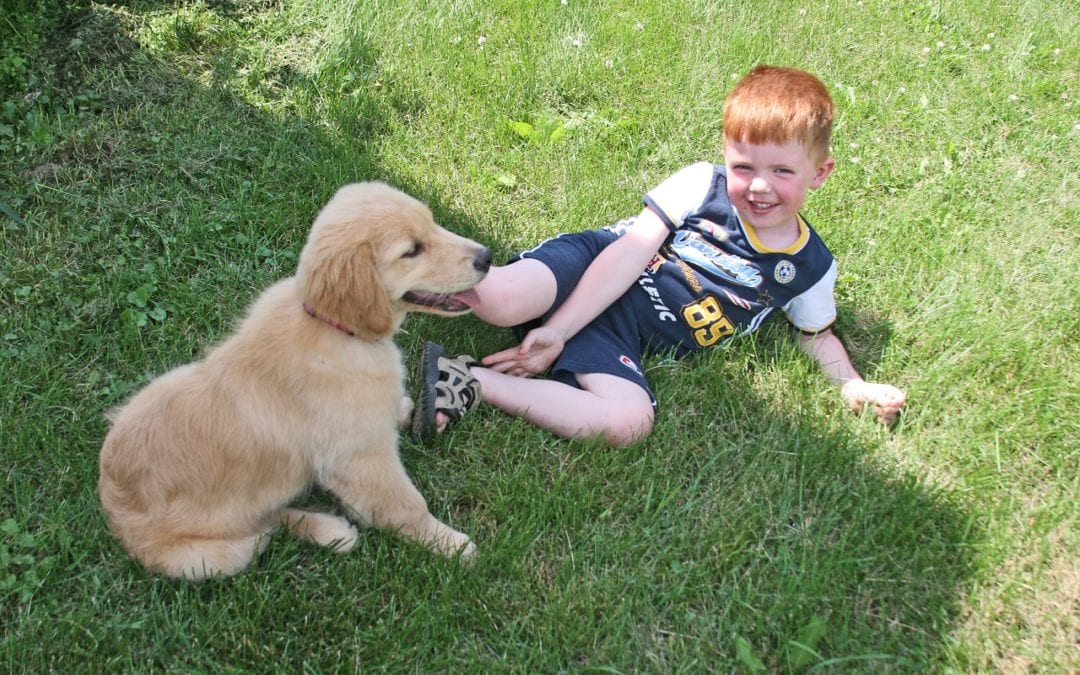When we remember our childhoods and teen years, many of us fondly recall times spent with a loyal best friend. One of those friends could have been a cat, dog, or small pet. Taking those fond memories into account, it is understandable why kids and pets seem to go hand in hand… for many of us, childhood just wouldn’t be childhood without a four-legged BFF.
As parents, we want to share that joy with our kids by getting them a pet, especially if they are begging us for one. But care of that pet too often ends up ultimately falling to you since pet care is not a “whenever I feel like it” thing.
If kids are given a new pet before they understand the significance of this responsibility, or at least are ready to learn it, they may end up feeling overwhelmed, bored, or disinterested. When that happens, they default to relying on a parent to step in and manage the daily tasks.
So, how does one avoid this scenario, yet encourage a lifelong love of pets in a child?
Planning for a New Pet
First of all, if you have decided to bring a new pet into the family – and especially if it is at the constant urging of a child or teen – it is important to discuss the decision as a family. Sure, the new pet may seem cute and cuddly, but does everyone in the family clearly understand the care needs? Lifespan? Physical and behavioral needs and lifestyle?
Planning and research is essential before leaping into adopting a family pet.
For parents who are a little reluctant about adopting Fido for John Jr., or who aren’t sure if he is ready, you have a few options to gauge a kid’s readiness. Shelters, rescues, and even the elderly neighbor may have a list of tasks for your child or teen to take on – pet clean-up or daily walks are good places to start. It’s also a beginner’s look into what pet care entails (whether we feel like it or not).
A List of Chores
To begin this foray into the world of pet care with your child, it’s a good idea to make a list of everything a pet requires on a daily, weekly, and monthly basis and delegate these chores based on those appropriate for each family member.
Ages 2 – 4
- Pet interaction, like daily petting and snuggling
- Help Mom, Dad, or big brother/sister brush the family dog
- Learn how to safely give a pet his or her daily treat
Ages 4 – 6
- Play with pet in the backyard – throw a ball or run together
- With parent’s supervision, try daily brushing chores
- Go with a puppy to puppy preschool or socialization class
- Practice training commands, such as “sit”, “shake”, or “fetch”
Ages 7 – 9
- Help parents with dog bathing chore
- Dispense daily treats
- Feed pet each morning with parent’s instruction
- Offer fresh water and ensure the water bowl is clean and topped off
- Clean up after pet, including sweeping, vacuuming, and/or waste pick-up
- Attend an obedience class or a veterinary appointment with parent and pet
- Get instruction on how to brush the family dog or cat’s teeth
Ages 10 – and older
- Take dog for daily walks to the park or around the neighborhood
- Take responsibility for daily tooth brushing and feeding chores
- Learn more about pet behavior
- Practice commands
- Help socialize pet when in public situations
- Take responsibility for cleanup
These are simple guidelines to help children gradually learn how to care for a pet’s daily needs, but remain within maturity level and ability to take on tasks.
If you at any point need help determining how to teach the basics of pet care and pet responsibility, please call us for more informationor guidance. Kids often respond favorably to being trusted and accountable, and through pet care they will often develop an even deeper, more meaningful relationship with family member pets.
Good luck!

